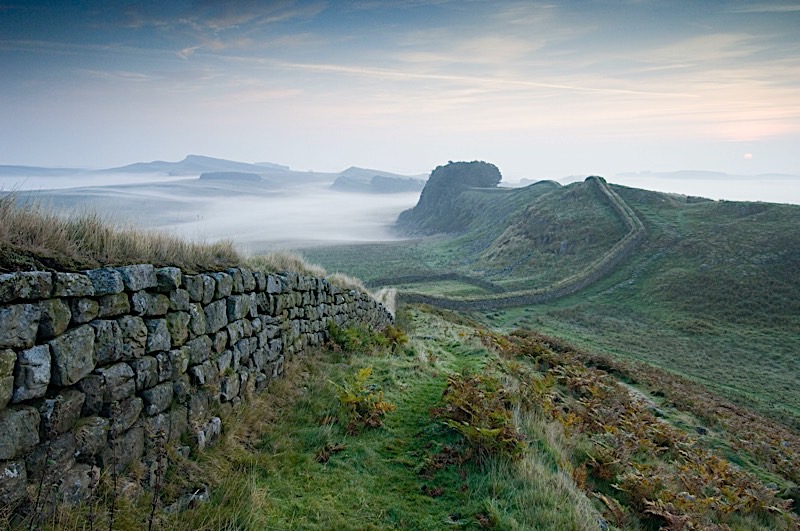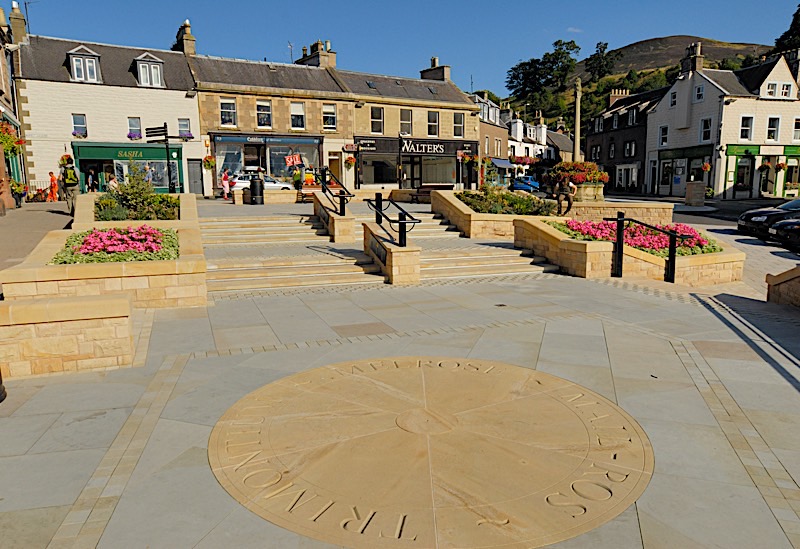As the Roman Empire pushed northwards into Scotland the organisational genius that was Rome followed, establishing transport and road systems, supply camps and fortified bases.
One of the most impressive, lying in the shadow of the impressive Scottish Borders landmark of the Eildon Hills, was Trimontium or ‘the place of the three hills’.
Standing on the banks of the River Tweed east of Melrose and extending past the magnificent Leaderfoot viaduct, Trimontium must have been an impressive sight in its day, the like of which the local tribes, the Votadini and the Selgovae, had never seen.
Its 370-acre profile is best illustrated by aerial photographs and you will find a selection displayed alongside artefacts and curios at the Trimontium Museum, www.trimontium.co.uk/visit/museum/ in Melrose – open seven days a week from April to October.
It is managed by the Trimontium Trust, a group of local people that has enjoyed support from the late Rosemary Sutcliff and Lindsey Davies, both famous for their fictional forays into Roman times.
It is managed by the Trimontium Trust, run by a group of local people that enjoyed support from the late Rosemary Sutcliff and from Lindsey Davies, both famous for their fictional forays into Roman times.

Special mention is appropriate here for Sutcliff’s wonderful ‘Eagle of the Ninth.’
It has a direct link with Trimontium by the fact that men from the Ninth ‘Hispania’ legion were stationed there.
The borderlands also provided a backdrop for her novel Frontier Wolf.
The museum provides an interesting but by no means finished story of Trimontium, which is thought to have been abandoned in 180AD.
Evidence of Roman connections were uncovered when a railway cutting for the Waverley Line was started in 1846.
Trimontium’s importance was assured when local amateur archeologist James Currie carried out excavations on behalf of the Society of Antiquaries of Scotland.
As layer after layer was uncovered it became clear that Trimontium was the ost important Roman military complex between Hadrian’s Wall and the Antonine Wall.
Excavations have revealed some of Trimontium’s secrets, including an amphitheatre, but much more is waiting to be done. Helpful boards and viewing platforms have been erected around the site and guided walks take place throughout the summer months.


